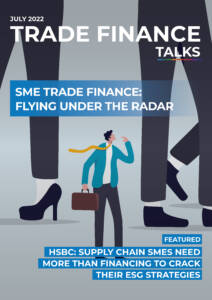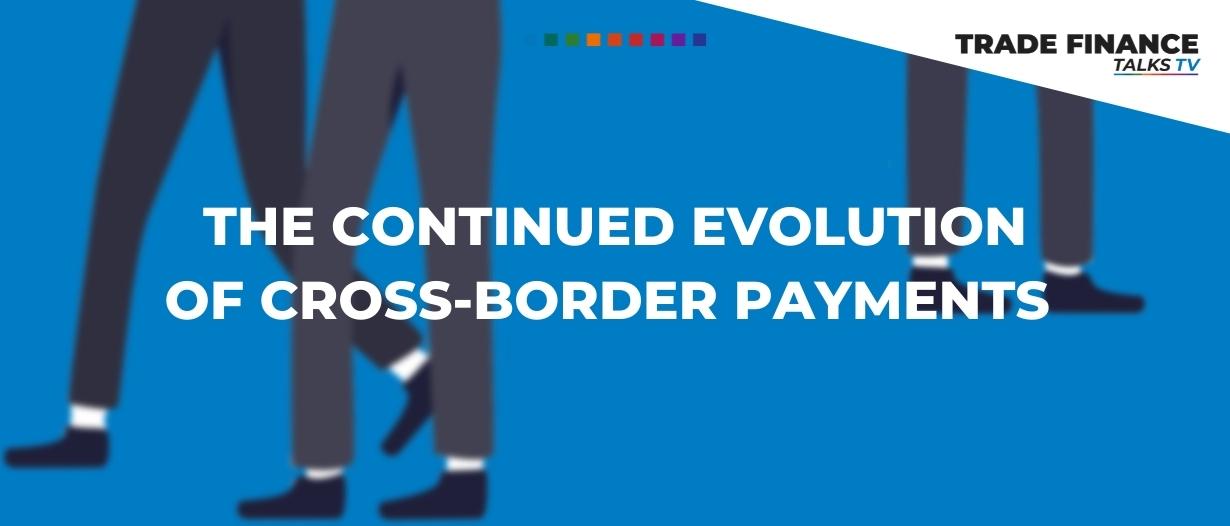Cross-border payments have undergone dramatic changes over the past fifty years.
During the course of these decades, the industry has seen substantial progress in international transactions as a result of globalisation, digitisation and standardisation of industry practices.
This trend of progress is not likely to slow, with promising innovations on the horizon.

Cross-border payments are at the core of international finance and economic activity.
The term ‘cross-border payment’ refers to transactions between individuals, companies, banks or settlement institutions operating in at least two different countries.
It is predicted that global cross-border payment flows will reach US$156 trillion by 2022.
A better global system for international payments is in demand, but to further understand the nuances of its future, its past must first be explored
A comprehensive history of cross-border payments.
The 70s
Unpacking the history of cross-border payments dates back to the seventies, with the implementation of both the CHIPS in the United States and SWIFT globally.
This market entry changed the way domestic and international payments and messages were exchanged, also impacting the way transactions were cleared and settled.
In 1974, the collapse of both Bankhaus Herstatt and Franklin National Bank highlighted the lack of banking supervision in international activities and prompted the G10 central bank governors to create the Basel Committee on banking supervision.
The 80s
The eighties saw the birth of the internet and the introduction of CHAPS in the UK.
A Group of Seven (G-7) Summit in Paris also established the Financial Action Task Force (FATF) in 1989.
As EDI standards were adopted across industries in the 1980s, the exchange of invoice and remittance information also became easier.
The 90s
The nineties brought about internet banking via Wells Fargo, the first bank to replace desktop computers, hard drives, and floppy disks with online banking–while the first online banking service was launched by Sumitomo Bank.
The euro launched on January 1, 1999, after a decade of preparation. October of the same year witnessed the first PayPal transaction.
The ‘00s
The aughts brought initial implementations of payment hubs–a single-window payment platform through which companies execute all their payments.
This application infrastructure provided the ability to add components from different application vendors. This enabled seamless integration of incoming and outgoing payment activity from all internal and external sources.
Moving forward, Continuous Linked Settlement (CLS) was introduced in 2002–a system designed to mitigate the risk associated with the settlement of foreign exchange transactions.
Unexpectedly, on September 15, 2008, Lehman Brothers Holdings Inc. filed for bankruptcy, prompting general financial alarm and losses by banks and financial institutions.
Also that year, across the pond, the UK saw the introduction of Faster Payment Service (FPS).
Single Euro Payments Area (SEPA) was introduced for credit transfers in 2008, followed by direct debits in 2009.
Moreover, in January 2009, Bitcoin was officially launched after the Genesis Block was mined.
The ‘10s
The decade beginning in 2010 saw the global proliferation of real-time payment systems.
The Zelle service, then known as clearXChange, was launched in April 2011 and offered payment services through member financial institutions and a website; the Zelle instant payment service was then launched in June 2017.
Fast And Secure Transfers (FAST) in Singapore was launched in March 2014 and enabled customers of participating banks to regionally transfer Singapore dollar funds from one bank to another.
Same-day automatic clearing house (ACH) for credits was to follow, launching in the United States September 2016.
SWIFT gpi (global payment innovation) was also established in 2016–the GPI initiative enabling the tracking of payments end-to-end.
Next, November 2017 saw the launch of RTP network by The Clearing House in the United States, allowing participants to finalise real-time payments in seconds.
November 2017 also marked the go-live of Australia’s New Payments Platform (NPP), which provided instantaneous payments for users within its ecosystem.
A year later, FPS in Hong Kong was launched in September.

Cross-border payments in today’s market
Today, one of the realities of real-time payments is that they are initiated and received 24 hours a day, 7 days a week (24/7) and 365 days a year.
Therefore, financial institutions must provide instant payments 24/7.
This is a paradigm shift from the traditional batch-based end-of-day processing, introducing the need for standby processing when host applications are unavailable due to system outages or maintenance.
Furthermore, banks’ real-time payments, clearing, and settlement systems require liquidity management 24 hours a day.
CBDCs
Concurrently, we are also experiencing the rise of central bank digital currencies (CBDCs).
According to the International Monetary Fund (IMF), as of early February 2022, approximately 100 countries are exploring CBDCs.
Some are in the research phase, others have moved on to testing, and a few have already started distributing CBDCs to their residents.
Digital currencies employing cryptography, especially stablecoins and central bank digital currencies, are entering the mainstream and raising concerns among banks and financial institutions over the future of payments.
ISO 20022
After a long and circuitous journey, the global adoption of ISO 20022 will become reality later this year, revolutionising the payments industry.
This new message standard will address pain points such as onboarding, monitoring, and processing within core banking applications, improving cash recognition and account reconciliations in the process.
Other new initiatives underway include: Request to Pay, referred to as RTP in the U.K., Request 2 Pay (R2P) in Europe and Request for Payment in the U.S.

Open banking
Open banking provides open access to consumer banking, transactions, and other financial data from banks and non-bank financial institutions.
This is achieved through the use of applied programming interfaces (APIs).
Other new and ongoing initiatives include; Environmental, Social and Governance (ESG) frameworks, buy now, pay later (BNPL), and digitilisation of data (allowing technology to collect data, establish trends and make more accurate decisions).
Recent times have seen payment and messaging paradigms evolve more than ever before.
Payment APIs, open banking, and contextual banking are allowing new players to enter the payment eco-system and challenge conventional payment processing practices.
New industry initiatives, such as the recently announced IXB initiative by The Clearing House, the EBA and SWIFT will continue to transform the global payments landscape.
The future of cross-border payments
Collectively, these ongoing payments and messaging efforts will continue to impact financial institutions—from the largest global bank to the smallest credit union.
These measures will affect stakeholders across multiple bank areas involved in payment and messaging processing.
Looking ahead, the pace of change will only increase with innovative technologies.
Read the latest issue of Trade Finance Talks, July 2022





























